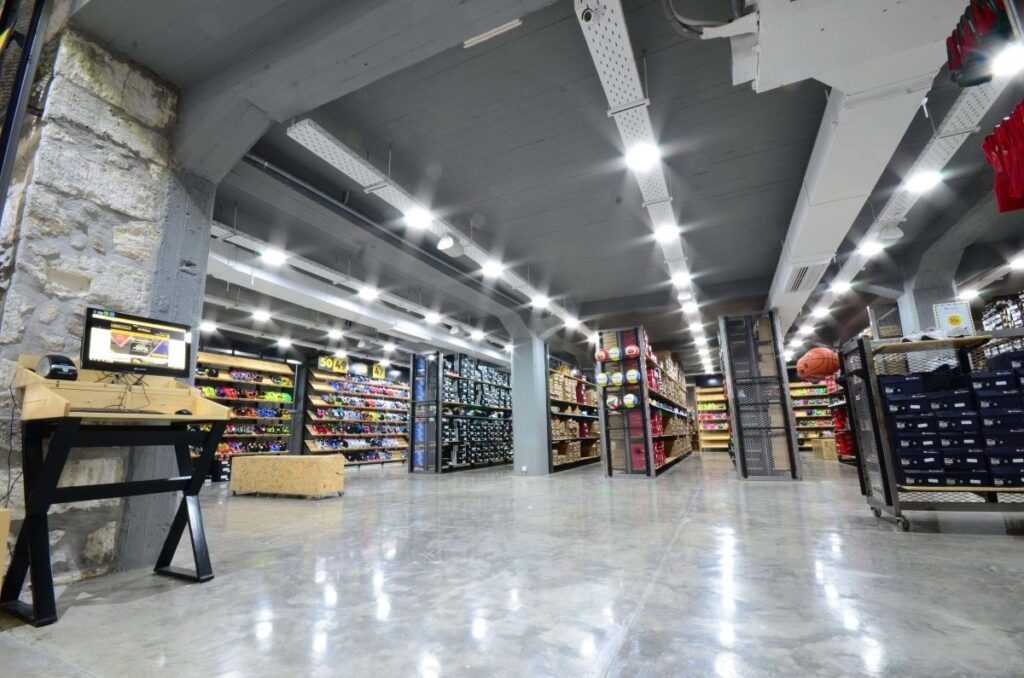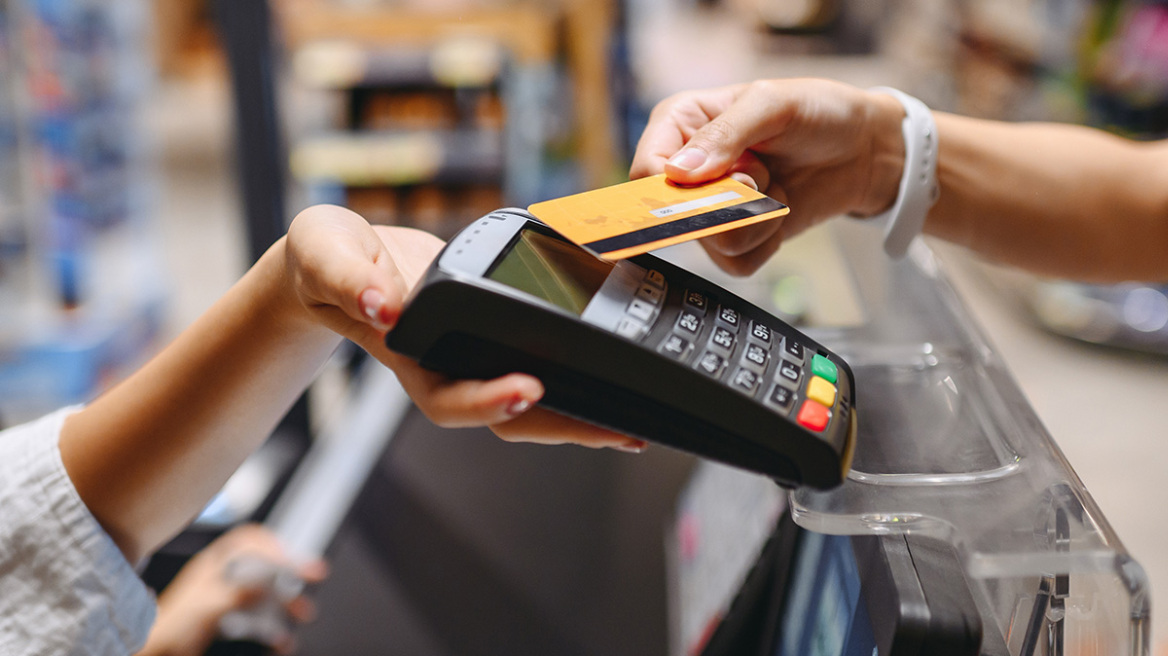
41% of respondents in an EY survey prefer to buy a smart home device from a physical store.
The traditional call center remains the preferred customer support channel for broadband and mobile issues
Low trust in digital customer support tools
While the adoption of digital technology is proceeding at a dizzying pace - especially after the national lockdowns - the EY research, Decoding the digital home, reveals that the physical store remains a critical element of the consumer experience of digital home device users. 39% of those surveyed they would prefer to visit a physical store when they buy a mobile device or a bundle of digital services. The percentage for purchases of smart home appliances in a physical store reaches 41%.
The survey captures the views of more than 18,000 households in Canada, France, Germany, Italy, the UK and the US. It also finds that the traditional call center dominates preferences among alternative customer support channels. And this is the systematic promotion of the advantages of digital tools, such as chatbots. Contacting a representative by phone remains the preferred option for customer inquiries on broadband (54%) and mobile (52%) issues. 42% of consumers prefer call centers because they believe that they can't clearly describe the problem they're having without talking to a representative over the phone. 45% believe that digital instant messaging platforms are not suitable for handling complex queries.
Limited understanding of digital services at home (EY)
The level of consumer awareness of the latest products and services is strikingly low, according to EY research. Less than half (42%) of household members understand the features of smart home products. Only 37% understand the benefits of mobile devices with 5G capabilities. Almost a third (32%) also find communication services very difficult to understand. 36% find it difficult to understand the differences between the services offered by different broadband providers. It is characteristic that users aged 45-54 face fewer problems in understanding these services (29%). In the 18-24 age group, the percentage is 36%.
Various frustrations undermine a positive consumer experience
The range of different devices, services and platforms creates confusion for consumers about content choices. And this is particularly noticeable among younger solar groups. 39% of 18-24 year olds find it difficult to locate their favourite content, such as movies and TV programmes, according to EY.
At the same time, 36% of respondents state that they do not feel confident when operating a smart device. 27% agree that operating and managing TV apps is complicated. Browsing the websites of digital service providers is also a problem point for many users. 20% find the mobile operator's website or app difficult to navigate. 23% find it difficult to navigate their broadband provider's website or app. For 18-24 year olds, this percentage increases to 31% and 30% respectively.
Giorgos Apostolakis, Partner in the Consulting Services Department and Head of the Technology, Media and Telecommunications Division of EY Hellas
“The speed at which digital technology is advancing has created significant gaps in information and understanding among users, both in terms of smart home devices and broadband connections. At the same time, and despite the increased penetration of online shopping, many consumers still recognize significant advantages in physical store and service through traditional call centers, for issues related to mobile telephony or broadband connections. In order to grow dynamically, the industry's businesses and various providers will need to make these new tools and products easier to use, more differentiated and easier to understand, in order to gain the trust and loyalty of consumers."




